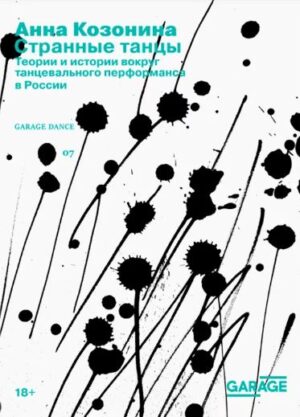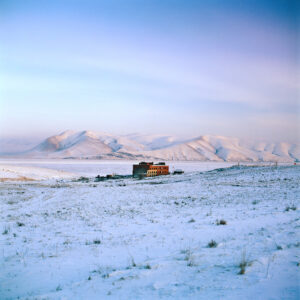Описание
‘Davey shows us how we all build a sense of who we are through adulation and imitation (through feeling in step with our heroes), and that our past selves can be found as much in the worlds of others (their pictures, writings, notes, songs) as among the memorabilia of our own acts of creation.‘ Aperture
‘These photographs place the past in the present tense. By mingling her own work with Hujar’s, Davey creates a sense of time that is richer than could be offered by a single artist’s archive, unearthing a capacious continuum of resonance and resemblance.‘ Frieze
‘Their spheres do not so much collide as coalesce, giving rise to a constellation of shared subjects … enigmatic yet easy harmonies … are offset by tensions which run deeper than the tonal schisms between Hujar’s sumptuous blacks and Davey’s simmering greys.‘ British Journal of Photography
‘Crackling with wit, warmth and sexuality‘ The Guardian
The Shabbiness of Beauty is a visual dialogue that crosses generational divides with the easy intimacy of a late-night phone call. Multidisciplinary artist Moyra Davey delved into Peter Hujar’s archives and emerged mainly with little-known, scarcely seen images. In response to these, Davey created her own images that draw out an idiosyncratic selection of shared subjects. Side by side, the powerfully composed images admire, tease, and enhance one another in the manner of fierce friends, forming a visual exploration of physicality and sexuality that crackles with wit, tenderness, and perspicacity. Spiritually anchored in New York City – even as they range out to rural corners of Quebec and Pennsylvania – these images crystallise tensions between city and country, human and animal. Nudes pose with unruly chickens; human bodies are abstracted toward topography; seascapes and urban landscapes share the same tremulous plasticity. These continuities are punctuated by stark differences of approach: Davey’s self-aware postmodernism against Hujar’s humanism and embrace of darkroom manipulation. The rich dialogue between these photographs is personal and angular, ultimately offering an illuminating reintroduction to each celebrated artist through communion with the other’s work.
Embossed printed hardback
17 x 24cm, 128 pages








